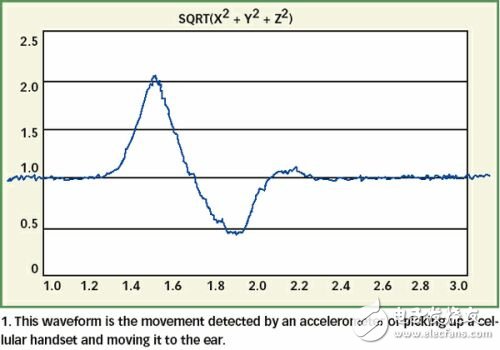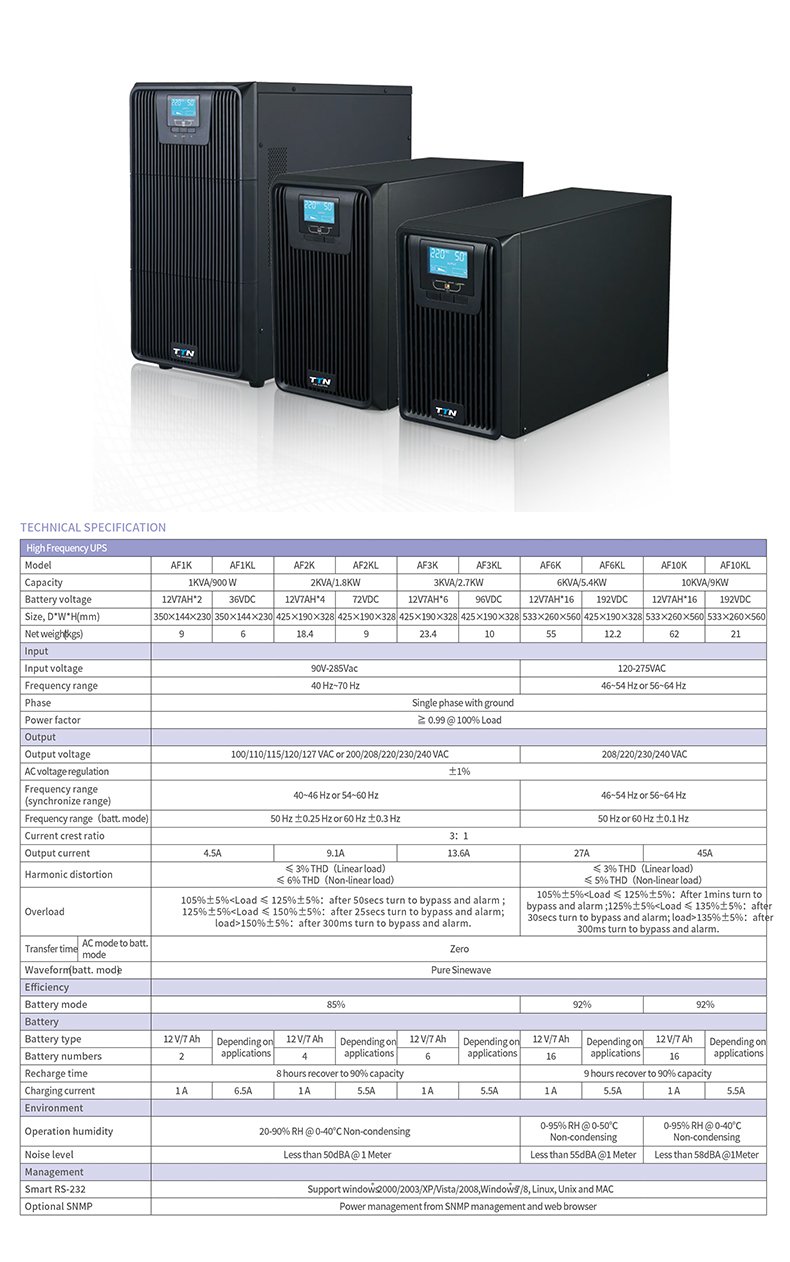Motion sensors implemented in the form of microelectromechanical systems (MEMS) integrated circuits (ICs) are playing a key role in the future of cellular handsets, which make mobile phones easier to use and increase the reliability of handheld devices. With MEMS to increase sensitivity, reduce power consumption, and package size, MEMS accelerometers are being adopted more rapidly in new phone designs and are supported by new features implemented in software.
Gesture recognition is a term that describes how to use motion to add commands to a handheld device, such as picking up a ringing phone and clearing the wrong button. Gesture recognition simplifies the interface between phones/persons, but generally the attitude that can be stored is limited to 5 to 6 poses (considered for typical storage capacity). The best gesture recognition system uses a natural motion like "carrying up" a phone (rather than pressing the "send" button), which requires little learning or storage. With the accelerometer, you can feel the movement of the handheld device after ringing, and the accelerometer measures the action of picking up the phone and sending it to the ear, which is then interpreted by a microprocessor (Figure 1).

Figure 1: The waveform in the figure is the attitude motion detected by the accelerometer that picks up the phone and sends it to the ear.
Although this type of motion is very simple (and quickly decelerates to zero after acceleration, the position change is between 15 and 100 cm), but the action that occurs during ringing almost certainly represents the meaning of picking up the phone. This concept is one of the key factors in reliable gesture recognition: the context is used to understand the meaning of the action representation. A sensor that satisfies this type of motion measurement requires a three-axis accelerometer with a measurement range of ±2g. The accelerometer output is high-pass filtered (possibly implemented in software) to eliminate the acceleration due to tilt, so accuracy or stability at 0g is Not important, a suitable bandwidth is between 1 and 50 Hz, preferably with a relatively low click (less than 350 μg / (Hz) 0.5) to minimize the integration error.
Since the keyboard size of modern mobile phones is relatively small, pressing the wrong button is a common phenomenon. You can use the simple action of shaking the handheld device for 1 second and a half to clear the last input key, and use the longer time shaking to clear the last input. The entire string. This action is also a fairly natural response, making the algorithm more robust (with better robustness). Designers can use the keyboard identifier to find "clear" actions. Unless someone is particularly careful and shakes the handheld device in only one axis, the general sloshing will produce acceleration in three axes, so a single or dual axis accelerometer is very useful for this application. Because high-pass filtering is also required, performance requirements are fairly modest. Although the actual acceleration is likely to reach ±10 g when shaking, since the clipping does not adversely affect the slosh detection algorithm, a range of ±2 g is sufficient.
It is helpful to sense the environment of the mobile phone as well as the object ringing control to increase the convenience of the program function. For example, when a mobile phone is placed on a desktop that does not want to use the vibration mode, only the ringer is required to work. In a meeting room or a place that the user does not want to disturb, you can turn off the ringer or vibration mode by selecting the mute mode by placing the phone face down. Each mode can be manually set (using keyboard control), but it is more convenient to have such a phone that can be automatically controlled. Specifically, an accelerometer can be used to determine the direction of the phone and whether it is placed on the desktop so that the phone can automatically select the appropriate ring pattern.
The orientation of the handheld device can be measured with a three-axis accelerometer. The tabletop is stable and generally parallel to the ground. In the X, Y, and Z axes, one of the axially placed handheld devices has an acceleration close to -1g, while the other two axes are close to zero. g (The robust detection algorithm allows for some measurement error at the -1g or 0g point, so any 0g deviation due to temperature does not interfere with the algorithm). When placed on a solid surface, almost no vibration is detected. If no vibration is detected, an axial acceleration is close to 1g and the other two axes are close to 0g, then it can be determined that the handheld device is facing down. status. Figure 2 shows the waveforms measured by the ADXL330 MEMS accelerometer when the handheld is placed in the table and pocket.
This application requires a three-axis accelerometer with a measurement range greater than ±1.2g, which requires good 0g characteristics, especially when measuring the absolute tilt of the handheld device. It requires a good 0 g point temperature stability (1mg/°C should be It is sufficient), and it is necessary to have a relatively low click ("350 μg/(Hz) 0.5) in order to distinguish between different situations in which the handheld device is placed in the table and pocket.
In applications that detect pick-up actions or to clear keystrokes by shaking, the accelerometer only supplies power when a specific event (ringing or button) occurs, although it is desirable to have low power consumption, it is not required, but in vibration In the bell mode, the accelerometer needs to be powered most of the time, so working in a low-power state is critical. Analog Devices' ADXL330 accelerometer consumes only 200μA (2V supply voltage), so it does not excessively reduce battery life.
An accelerometer can be used as an input to control the system cursor or as a game input. You can move the cursor up and down by tilting the phone back and forth, this function has been integrated into several independent games (Nintendo's TIlt and Tumble Kirby) and games. The controller (Nintendo's Wii Remote) also integrates a third axis accelerometer for the jump action. Unlike the 8-bit control standard of most handheld devices, an accelerometer can also implement variable (analog) control that changes the cursor speed as a function of tilt. Since the initial orientation of the handheld device can be in any direction (eg, the user may be lying down to use it), the game is typically initiated by pressing a button to place the cursor in a vacant position. Since the initial position is reset each time the game or cursor control is initiated, precise 0g characteristics are not required.
The key technical condition of this application is that the measurement range should be at least ±1.2g. At the same time, in order to avoid the camera shake when the mobile phone is placed on a stable surface, the cursor needs to have a relatively small beep level ("500μg/(Hz)0.5), the best bandwidth. Between 0 and 50 Hz (too small bandwidth will make the game slow). Since the game does not have continuous operation, although very low power consumption is advantageous, it is not necessary.
By measuring the gravity vector, an accelerometer can determine whether the handheld is in a vertical or horizontal state, switching its display to portrait mode or landscape mode. Since the accelerometer is active in any display mode, the most important requirement for this application is It has very low power consumption. The bandwidth is typically less than 1 Hz (filtered by software) to avoid flipping the display due to random vibration.
The location of the handheld device can be determined using an integrated Global Positioning System (GPS) receiver or by triangulation of the base station, but since the display is relatively small, it is more advantageous to use the entire display to indicate direction to the user, typically using electronics The compass indicates the direction, but the compass must be parallel to the ground to minimize the direction error. This error varies with the distance from the Earth's magnetic equator. For example, the difference between Boston's parallelism with the ground is one degree, and the direction deviates. At 3 degrees, when using a mobile phone, the compass tilt will reach 45 degrees, which will lead to a large error. An accelerometer can be used to determine the actual direction of the handheld device relative to the ground to compensate for this error. The key technical conditions are relatively high 0g point deviation, sensitivity and stability. To make the direction error within a reasonable range, the overall error of the accelerometer is less than 50mg.
During physical exercise, an accelerometer can easily count the number of steps, but the exact walking distance cannot be obtained according to the number of steps, because the step size varies from person to person (approximately ±30% difference) and also depends on the walking speed (generally More than ±25%). But by measuring the acceleration of the phone (in the pocket or on the belt), you can give a very good estimate of the walking distance. The common algorithm for performing step count statistics is greater than 95%, and the accuracy of walking distance estimation is greater than 90%. Accelerometers for pedometers require low power consumption (because accelerometers require uninterrupted operation) with a measurement range of at least ±2g.
Accelerometers can also be used to protect micro-actuators for handheld devices. These micro-actuators are very sensitive to mechanical vibrations because they have almost no aerodynamic damping to prevent the drive head from hitting the magnetic media. We can use an accelerometer to detect if the handheld device is dropped, and send a signal to the drive to park the drive head in a safe position before it falls to the ground.
Here, the most obvious working principle is to measure the vector sum of the three axes. If the vector sum is close to 0, then the handheld device must be in free fall motion. This method can only be obtained in a well controlled falling motion (no rotation). Satisfactory results, in fact, because the rotation of the handheld device when falling will produce the centripetal force of the spoofing algorithm, this method is not ideal. But there are more ways to detect free fall, some of which require only a two-axis accelerometer.
Since the falling body detection accelerometer is in operation at any time during the operation of the microdrive, it is required to consume very little power. Depending on the algorithm used, a two-axis or three-axis acceleration with a measurement range of at least ±1.5 g is required. meter.
The use of accelerometers to add motion detection to mobile phones allows phone designers to integrate many useful functions for mobile phones at relatively low cost. In order to facilitate the integration of these functions into the design, a reference design for several of these functions can be provided. Due to space limitations, only some applications are introduced here, and more functions can be obtained from the market.
TTN ONLINE UPS
Pure on-line double conversion design
wide input range
Flexible intelligent monitoring program and strong communications funciton
Compact design
Precise utility power synchronizing system
Cold start function
LCD display

Online Ups ,Double Conversion Ups,Online Ups 1Kva,Apc Online Ups
zhejiang ttn electric co.,ltd , https://www.ttnpower.com
